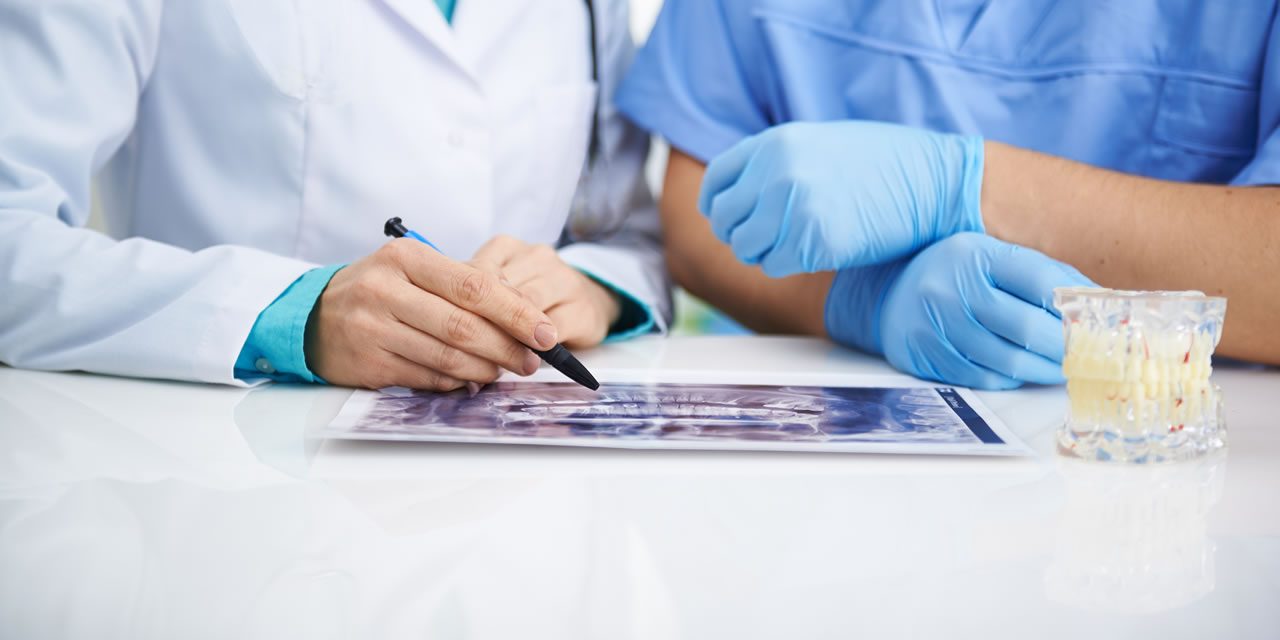
Sedation width Nitrous Oxide
Odourless, tasteless gas that is breathed in through a mask to relieve stress and anxiety in patients.
Dentists may use nitrous oxide to sedate dental patients during a procedure such as a root canal or tooth extraction. Nitrous oxide is breathed through a mask to induce relaxation and to help manage pain.
What is Nitrous Oxide?
Nitrous oxide (N2O) is a colourless and odourless gas commonly known as “laughing gas.” It’s a form of conscious sedation that helps manage patients’ anxiety and pain during dental work.
The amount of nitrous oxide delivered to dental patients can be controlled and takes effect very quickly (usually within 2-3 minutes).
Different forms of sedation and general anesthesia can be used to achieve a range of effects:
- Minimal sedation makes you feel somewhat relaxed but leaves you conscious.
- Moderate sedation also leaves you conscious but very relaxed.
- Deep sedation will make you very sleepy but not quite unconscious.
- General anesthesia will make you completely unconscious.
Nitrous oxide is typically used for minimal to deep sedation in dentistry. It’s also commonly used by other health practitioners.
Other Forms of Sedation Dentistry
Two other options for patients who require sedation are known as oral sedation and IV sedation. Oral sedation is usually administered through oral pills and provides minimal to moderate sedation, while IV sedation is administered directly through the blood through an intravenous tube and provides minimal to deep sedation.
Learn More About Sedation Dentistry
Nitrous Oxide Sedation Dentistry FAQ
What are the potential side effects?
- Shivering or sweating
- Headaches
- Nausea or vomiting
- Fatigue
- Dizziness
- Increased blood pressure
Your dentist may turn off the nitrous oxide after your procedure but leave your mask on to continue delivering oxygen. This helps flush the nitrous oxide out of your system and reduce the side effects experienced after the sedation.
Should I do anything to prepare?
Your dentist will give you specific instructions for your dental procedure before you arrive at the dental clinic. Most dentists will recommend that you eat light meals before your procedure to help reduce common side effects such as nausea and vomiting after the sedation.
Are there risks?
There are two main risks associated with nitrous oxide sedation. The first is the possibility of an allergic reaction to the gas. Symptoms that may indicate an allergic reaction include chills, hives, wheezing, or a fever. Be sure you mention any of these symptoms if you begin experiencing them and seek medical help immediately.
The second risk associated with nitrous oxide is the potential for an overdose. This is highly unlikely in a dental procedure, as very low levels of the drug are administered. Signs and symptoms that may indicate a nitrous oxide overdose include tightness in the chest, difficulty breathing, irritation in the eyes, throat, and nose, increased blood pressure, increased heart rate, seizures, or a blue tint on the toes, lips, or fingers. Overdoses of nitrous oxide will typically lead to brain damage, and they may also be associated with a higher risk of heart attack and stroke.
Who should NOT receive nitrous oxide?
Nitrous oxide is considered very safe and effective in dentistry. Although most people are qualified to receive nitrous oxide, there are some reasons your dentist may choose a different form of sedation or a different approach to anxiety and pain management. Be sure to let your doctor know if you have a history of COPD or other respiratory issues or conditions, if you are pregnant or nursing, or if you have a history of mental health disorders or substance abuse.
Nitrous oxide sedation may or may not be the best choice for you. Be sure to ask your dentist to help you determine the best course of action for your dental treatment.
Can nitrous oxide be used for children?
Nitrous oxide is often used for pediatric dentistry because it is administered as a gas that can simply be breathed in through a mask, a delivery method that most children do not feel anxious about. Many of the common side effects for adults are the same for children.
Can I drive home after my procedure?
Because nitrous oxide leaves the body so quickly, it is the one form of sedation dentistry in which dentists usually allow patients to drive themselves home. However, you may experience side effects such as nausea after your sedation. Ask your dentist for specific instructions about driving.
Find a Dental Clinic Near You
The 123Dentist network includes many Canadian dental clinics that offer nitrous oxide sedation dentistry and other forms of sedation. If you would like to learn more about dental sedation and find out which option is right for your oral health, reach out to the dentist near you.
